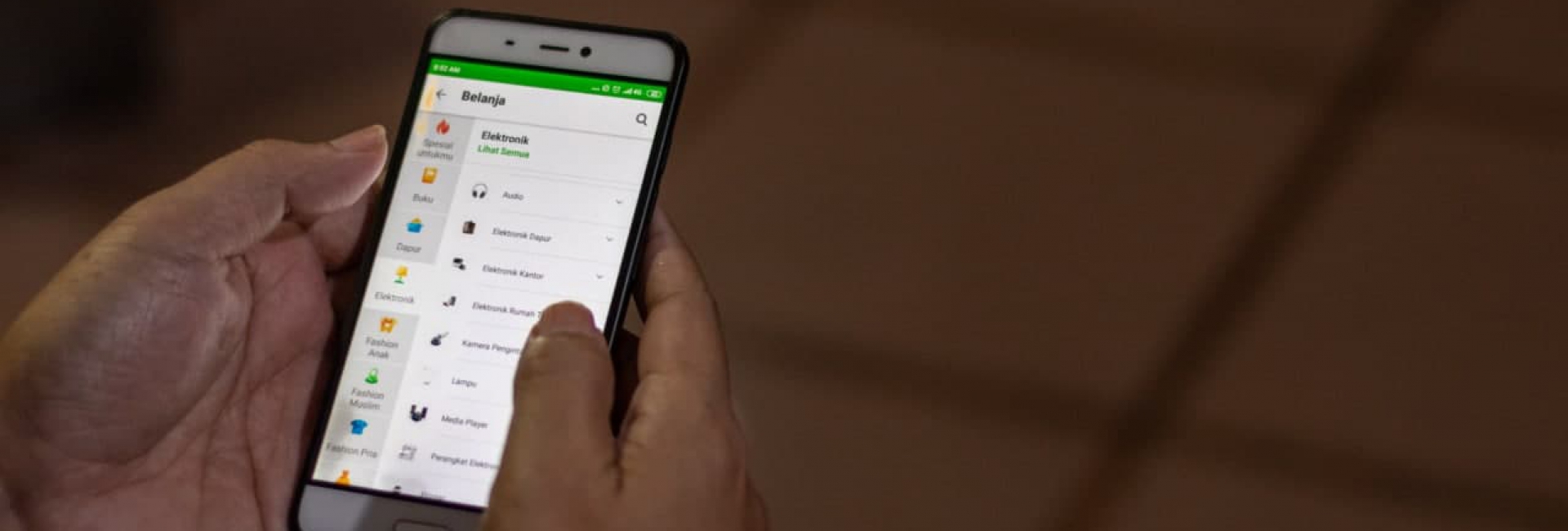By 2025, digitalization will have an impact of 150 billion US dollars and additional jobs for 3.7 million people in Indonesia (McKinsey, 2016). Despite the future potential, Indonesia still lacks digital readiness. According to SMERU (2020), only 43.5% of the population use the internet and the distribution is uneven between areas, genders, cohorts, socioeconomic statuses, education levels, and business sectors. People spend most of their time using the internet for nonbusiness purposes, such as using social media, reading online news, and searching for entertainment.
Government of Indonesia (GoI) has initiated programs to address the needs for digital infrastructure and human resource capabilities as well as to bridge regulatory and incentive gaps. However, the skills of information and communication technology (ICT) graduates often do not match the needs of the industry. There will be a shortage of nine million skilled and semiskilled ICT workers by the end of 2030 in Indonesia. The industrial demand for the skills emphasizes the need for more complex technical ICTs and soft skills of leadership, communication, and business/marketing.
This study aims to analyze the digital landscape in Indonesia by (i) identifying concrete opportunities for inclusive job creation, (ii) providing a detailed analysis of the digital skills gap, and (iii) developing the primary strategy to foster digital skills in Indonesia.
This research used mixed methods.
Quantitative Analysis
To obtain a historical picture of industrial changes in Indonesia during the last one or two decades, the quantitative approach will use official statistical data from Statistics Indonesia or other relevant ministries/institutions. The analysis of this data will provide initial information for the qualitative team to indicate the sectoral breakdown of the internet use (proxy of the need for digital skills) by industry. On the supply side, the quantitative team will analyze data of the National Labor Force Survey (Sakernas) by Statistics Indonesia to obtain a general sense of internet exposure among workers based on their industrial sectors.
Qualitative Analysis
The qualitative approach in this part of the analysis is essential in the sense that the future employment requirements cannot be inferred by looking at historical data only. This is because changes in the requirements are determined by changes in technological frontiers, especially for some sectors where technological advancement has the most effect.
The research team will conduct focus group discussions (FGDs) in accordance with the clustering of the industrial sectors to discuss the changes in and current demands for digital skills, and explore the future demands in the market based on the perspectives of key industry players. The interviews will be focused on elaborating on the challenges and opportunities in fulfilling the industrial demands for digital skills and their influencing factors.
On the supply side, the qualitative team will conduct a series of FGDs and interviews to collect information on the current state of the digital skills infrastructure (universities/academic facilities and their quality; access to higher education; curriculum), human capital (both university students and lecturers), and governance (regulation, institution). Other things that are explored include (i) the reasons why certain types of digital skills are taught or else not; (ii) the reasons why specific types of digital skills matter most in the market, including the barriers to fulfilling the demand; and (iii) recommendations to improve the digital skills supply in Indonesia.




